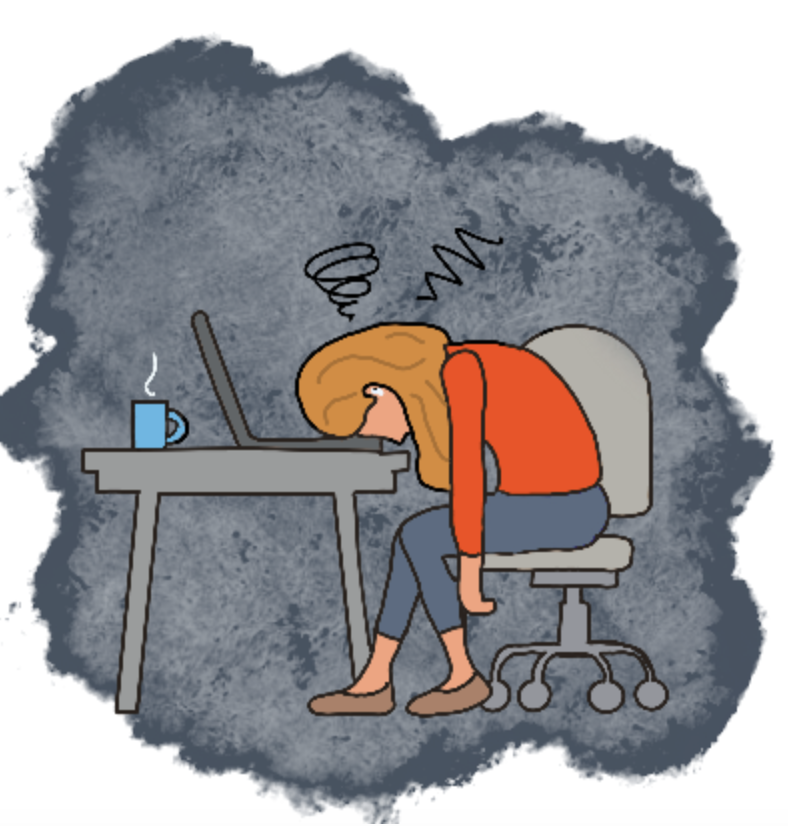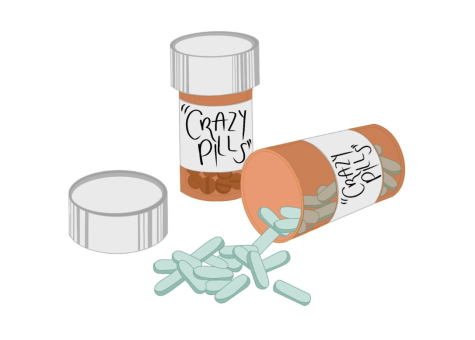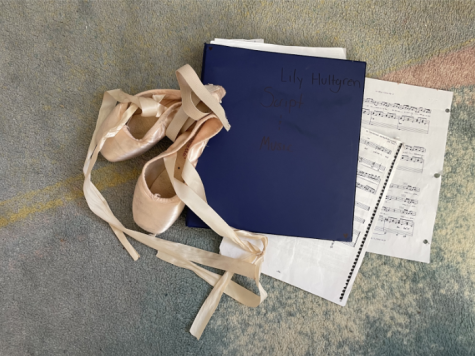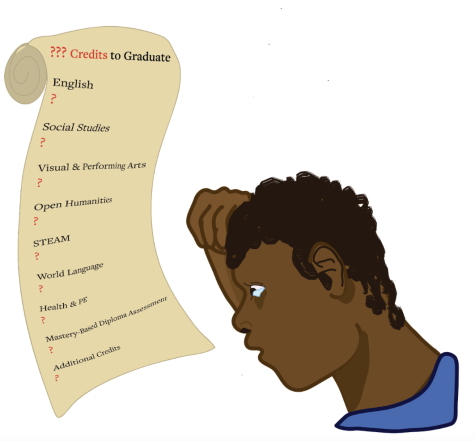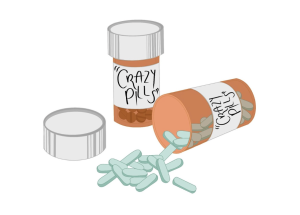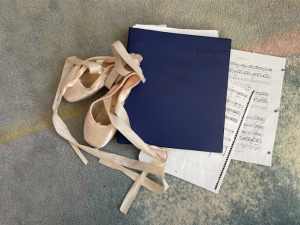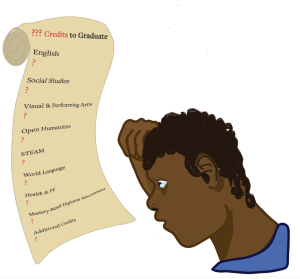Epidemic of early-onset burnout ravages Staples: tips from a suffering sophomore
Even though we’re not even halfway through the second quarter of the school year, many students are already burnt out by the large workload and lack of a break that is offered in between the first and second quarters of the school year. However, there are multiple ways to avoid, or at least decrease burnout and stress overall.
The obnoxious blaring sound of my alarm somehow finds a way to make it into my dream. I wake up with the same exhausted eyelids I’ve had for the past 50-something days of school, drag myself out of bed and stumble into school with the rest of the zombies known as my fellow students. The worst part? It’s only a few weeks into the second quarter.
According to an article by Understood.org, “Burnout in school happens when students face ongoing stress or frustration- with no time to relax and recharge.”
Simply the lack of a break or even a moment to breathe between the first and second quarters of the school year have students struggling to catch a break.
So what are we struggling students supposed to do about all this stress?
My first suggestion is listening to music. If you’re anything like me, your favorite playlist is called “Best of Tay Tay” and includes 90% of Taylor Swift’s discography, but to each their own.
According to psychologist Elizabeth Scott, PhD, “One study found that students who listened to the sounds of relaxing music were able to recover more quickly after a stressful situation.”
Another method, which is admittedly the hardest one for me, is doing your best to avoid procrastinating. The American Psychological Association analyzed a study about grad school students.
Simply the lack of a break or even a moment to breathe between the first and second quarters of the school year have students struggling to catch a break.
— Rachel Olefson
“Early in the semester, procrastinators reported lower stress and less illness than non-procrastinators,” the study said. “But that late in the term, procrastinators reported higher stress and more illness.”
If I’m being honest, before sitting down to write this article I spent two hours on YouTube watching random videos like “Sue Sylvester being the best character on Glee”, which is time that definitely could’ve been better spent doing my math or English homework.
My final tip is to give yourself a break. Of course, this only works with the general halting of procrastination, but especially in a school like Staples that can often seem like a pressure cooker, looking at the bigger picture is of the utmost importance.
According to Middle Earth, a New Jersey based non-profit for underprivileged adolescents, “Between school, sports, band, homework and other activities, their schedules may begin as early as 5:30 in the morning and continue to midnight,” Middle Earth said. “It’s an exhausting schedule that, over the long run, can cause mental and physical health problems, ranging from depression to injury.”
So, in essence, you’re not going to tank your chances of getting into your top schools if you get a “B-” on your ten-point freshman biology quiz, nor are you going to fail out of high school if you’re a member of three clubs and teams instead of five. Take a minute to breathe, listen to some Taylor Swift and get back to your history homework before you’re up until midnight again.

Web News Editor Rachel Olefson ’25 strives to build skills. From the age of two, Olefson has skied to improve and enjoy quality family time.
“[The...












































